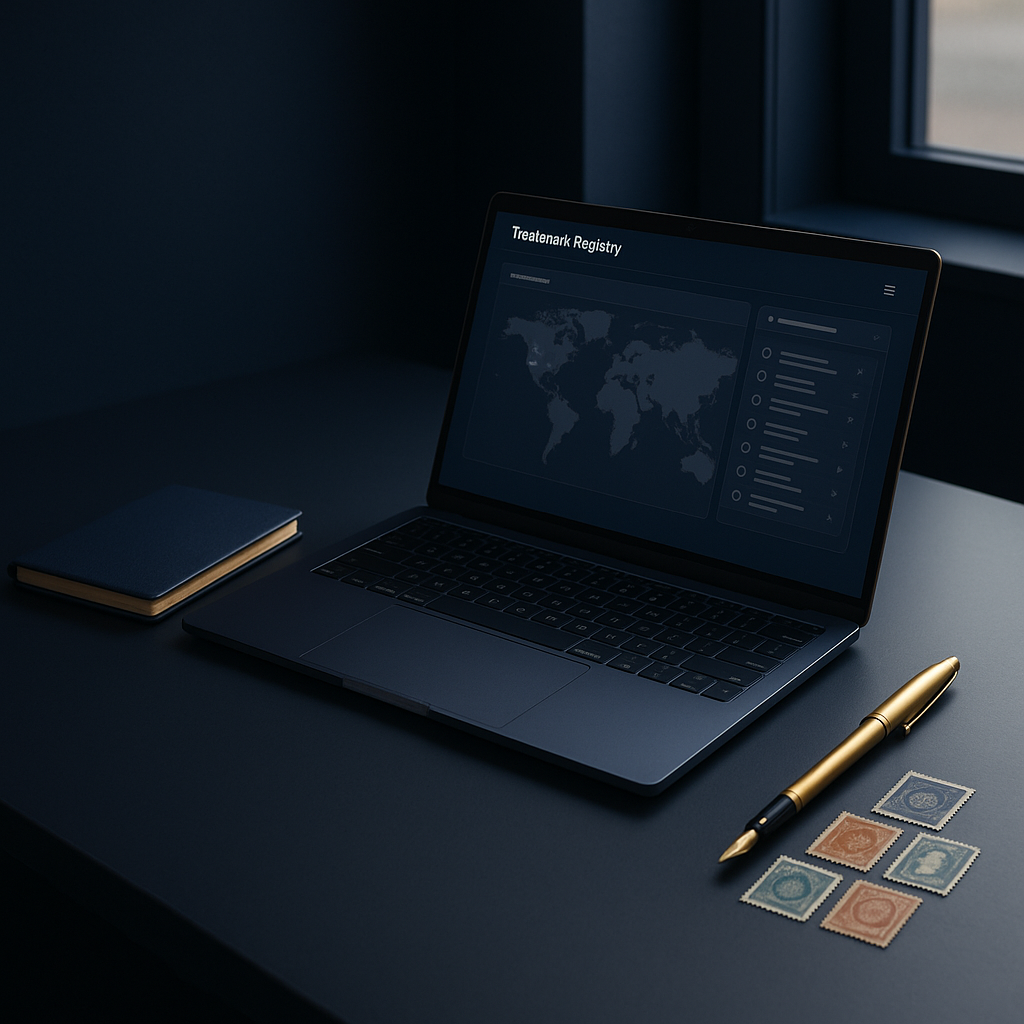Launching a startup is exciting, but as your business grows and reaches international markets, protecting your brand becomes more complex. Trademarks help you protect your company name, logos, and unique designs worldwide. However, applying for international trademark protection is not just a bigger version of getting one locally—it comes with its own rules, systems, and challenges. This guide explains everything startups need to know about international trademarks, from understanding the basics to avoiding mistakes and using treaties to make the process easier.
Understanding the Basics: How International Trademarks Differ from Domestic Registrations
A trademark gives your business the legal right to stop others from using your brand identity. In most countries, trademarks are territorial—meaning your protection only works in the country where it’s registered. For example, if you file a trademark in the United States, your protection doesn’t automatically extend to Canada, Europe, or Asia.
That’s where international trademark protection comes in. Though no single “international trademark” exists that covers the entire world, there are tools that help you register your brand in multiple countries through one process. The most widely used is the Madrid System, managed by the World Intellectual Property Organization (WIPO). Through this system, inventors and entrepreneurs can apply for protection in over 120 countries using one application, in one language, with one set of fees. It simplifies the process but still requires that each country approves or rejects the application based on their national laws.
Common Mistakes Startups Make in Global Trademark Applications and How to Avoid Them
Many startups jump into global markets without planning for trademark protection and end up facing legal trouble. Here are the most common mistakes and how to avoid them:
1. Not Investigating Trademarks in Target Markets
Before expanding into another country, always check if your desired brand name or logo is already in use there. A name that’s free to use in your home country might already be trademarked abroad. Failing to check could lead to lawsuits or force you to rebrand.
2. Filing Without Understanding Local Requirements
Each country has its own rules about what makes a trademark acceptable. For example, some countries require actual use of the brand in commerce before they approve a trademark. Others may reject trademarks that are offensive in their local language. Research these rules or use a local legal advisor to guide your application.
3. Assuming the Madrid System Does Everything
The Madrid System makes it easier, but it’s not one-size-fits-all. Some countries, like Canada, only recently joined the system, and others might not be members at all. Also, your application can still be partially or completely rejected by individual countries. Follow up carefully and respond to any issues quickly.
4. Waiting Too Long to Register
Trademark rights generally go to the first person or company to register, not necessarily the first to use the mark. If you wait too long, someone in another country might register your name first and prevent you from entering that market. It’s best to file early in your top target markets.
Leveraging Regional Treaties: How to Efficiently Secure Trademarks Across Multiple Jurisdictions
In addition to the Madrid System, regional agreements can help you streamline trademark protection in certain parts of the world. These allow you to apply once and gain protection in all covered countries of the region.
1. European Union Trademark
If you’re interested in the European market, a single application through the European Union Intellectual Property Office (EUIPO) gives you protection in all 27 EU member countries. It’s cost-effective and offers broad coverage.
2. African Regional Intellectual Property Organization (ARIPO) and African Intellectual Property Organization (OAPI)
ARIPO and OAPI allow you to register a trademark for multiple African countries at once. If your business targets markets in Africa, using these systems can save time and money compared to filing in each country individually.
3. The Madrid Protocol in Action
For most other global markets outside regions like the EU or Africa, the Madrid Protocol is your best tool. Still, it’s important to align this with a smart strategy: Identify top-priority markets based on your business goals, then file accordingly to protect your brand where it matters most.
Conclusion: Building a Global Brand Starts with Smart Trademark Protection
Trademark protection is critical for startups hoping to compete on the world stage. By understanding how international trademarks work, avoiding common errors, and using systems like the Madrid Protocol and regional treaties, startups can safeguard their brand identity around the globe. Take a proactive approach, plan for trademark filings early, and seek legal advice when needed. With the right strategy, you can protect your name, logo, and reputation anywhere your business goes.
Share this content:

